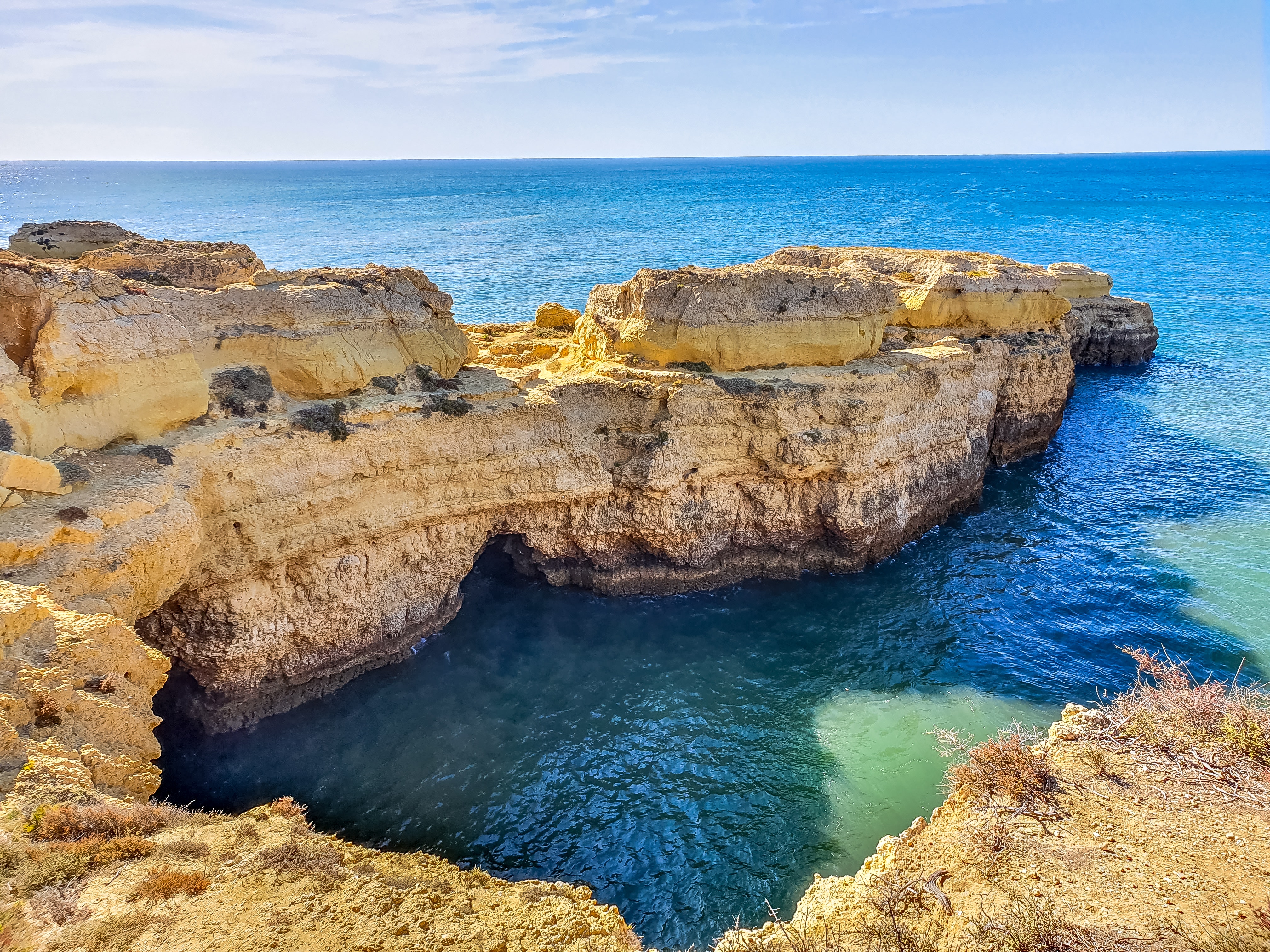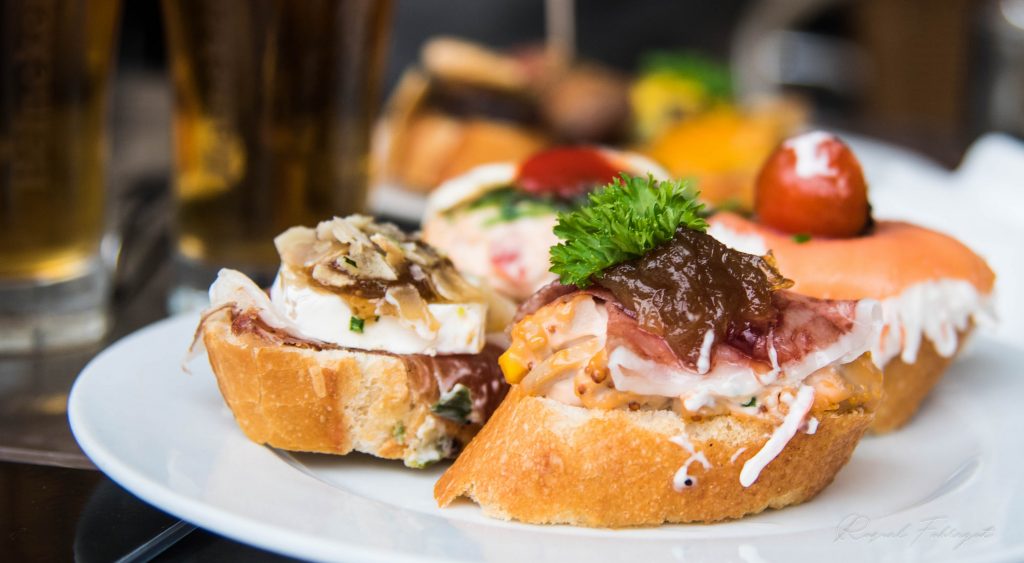Harvesting in the Priorat: Fermentation I – Maceration Techniques
 A friend of ours Raymond Magourty (Raymondo) is working the 2009 harvest in Priorat, Catalunya for Celler Mas Doix, a prestigious wine producer located in the villlage of Poboleda whose Parker Points have elevated it in popularity. With his background in wine education, and ambition to learn more about the practicalities of wine-making, the winery employed him as ‘bodeguero’ during the harvest. Raymondo will continue chiming in for the remainder of the harvest! You can also read about his experience at the start of the harvest, visiting local wine festivals, the uncommon debate of when to pick the grapes and barrel topping, the theory of Unnatural Selection, and of course, typical grape varieties of the Priorat.
A friend of ours Raymond Magourty (Raymondo) is working the 2009 harvest in Priorat, Catalunya for Celler Mas Doix, a prestigious wine producer located in the villlage of Poboleda whose Parker Points have elevated it in popularity. With his background in wine education, and ambition to learn more about the practicalities of wine-making, the winery employed him as ‘bodeguero’ during the harvest. Raymondo will continue chiming in for the remainder of the harvest! You can also read about his experience at the start of the harvest, visiting local wine festivals, the uncommon debate of when to pick the grapes and barrel topping, the theory of Unnatural Selection, and of course, typical grape varieties of the Priorat.
I got over half way into this piece and realised that it was all too much for lil’ ol’ me to cover in a single post so I’ve divided it into two, the second piece will follow in a few days. Part I below, covers most of the maceration techniques we use at Mas Doix during the fermentation of red wines. Part II will take in pigeage, whites, and monitoring wine changes. Photographs to accompany the post, demonstrating techniques are available on Flickr here.
But First…
Sunday, 18th October
Today in a brief respite from the endless toil of a demanding harvest, myself, Lupe & Cristine made a trip to the tiny ancient and beautiful mountain village of Siurana, which at an altitude of almost 800m is surrounded by spectacular hiking trails and mountaineering spots. Low and behold it was overrun with giants, as a village festival was in full-tilt. Incredible place. (See Photos)
Now back to the ‘meat & potatoes’…
In the EU wine is an alcoholic beverage obtained by fermenting the juice from freshly harvested grapes – the fermentation being undertaken in the region of origin in accordance with tradition and accepted practices.
The grapes themselves must contain sugar, which will be converted into alcohol during fermentation. During the growing cycle the vine undergoes the naturally occurring process of photosynthesis, under the auspices of sunlight, to create sugar from water and Carbon Dioxide (CO2) absorbed from the atmosphere. In short the roots absorb water and the leaves absorb CO2 when the right balance of sunshine and warmth is present.
Getting the grapes off the vine and into the bodega is just the first step in producing wine. The real fun begins once you crush the fruit.
The traditional way to produce wine in the Priorat region was to crush the grapes to release the juice and then to wait for the process of fermentation to begin when the juice is in contact with the naturally present wild yeasts from the skins, with little control of temperature or oxygen contact. But that was then; today it is all very carefully managed.
 The two processes that together connive to produce red wines are Maceration and Fermentation.
The two processes that together connive to produce red wines are Maceration and Fermentation.
As the juice of practically all red grape varieties is colorless, we need to extract color and flavour from the grape skins. Therefore after crushing the grapes, the juice and skins of red grapes remain together in the fermentation vessel for a certain period, dependent on many factors; the level of extraction required, the age of the vine, the ripeness of the fruit, the sugar level, tannin, must colour, and taste. During this maceration period and in the presence of yeast, be it native or cultured, the sugar in the grapes is converted into the all-important alcohol that further aids the release of polyphenols (including tannins, anthocyanins – the coloring agents, and flavour compounds) from the skins, seeds and stems. Carbon Dioxide (CO2) is produced in large quantities as a bi-product of the fermentation process and rises in the form of bubbles in the vat, carrying with them, to the surface, most of the solid material. Thus we get the floating cap of skins (Chapeau in French, Sombrero in Spanish) that sits above the must. If unattended the acetic bacteria within will begin to turn the wine to vinegar (not desirable) and the pivotal extraction process will be unable to operate effectively to produce adequate levels of colour or flavour. This is where the magic happens; we intervene to ensure the skins and juice are mingled sufficiently to produce the preferred results while all the time endeavoring to avoid unwanted over-extraction. During the fermentation process for both reds and whites ‘Lees’ are produced; sediment precipitates to the bottom of the fermentation vat composed of dead yeast cells, pulp, seeds, bits of skin fragments and insoluble tartrates.
Submerged Cap (Sombrero sumergido)
We apply this rather ingenious means to ensure the fermenting must is in constant contact with skins. Based on the calculated volume of the must going into the tank we place a large, heavy, circular stainless steel perforated ‘cap’ into the tank at a level where it is just barely submerged into the juice. This is done before or during the filling of the tank and reduces the risk of VA (Volatile acidity) development within the cap. Experience and accuracy of calculations is critical as it is a friggin’ nightmare to refit an incorrectly positioned sombrero on a full-tank (alas I’ve been there at 11pm after a 14hr day). Ours are predominately bolted into place using heavy screws and extensible bars to attain the desired level of submersion; the robustness and resilience of the mounted sombrero is such that it can easily support the weight of two or more people, this being required to withstand the force of the CO2 rising beneath endeavoring to push the compressed skins to the surface. Let’s not forget friends that the strength of compressed CO2: in a bottle of sparkling wine the pressure from compressed CO2 can reach up to 6 atmospheres of pressure (90 lbs/psi) – the equivalent of that contained in the wheel of a double-decker bus.
OK, so we’ve submerged the cap into the liquid but we still have a mass of compressed skins pinned against the underside of the sombrero achieving little in terms of extraction. What next, you ask?…I hope.
 Pump-over (Remontage in French, Remontaje in Spanish).
Pump-over (Remontage in French, Remontaje in Spanish).
This is the main process operated at Mas Doix to achieve the desired level of extraction. Principally it is a means to equalize the temperature of the ‘must’ as temperature control is critical for a successful fermentation.
There’s no mystery here, its exactly as it sounds: you remove the wine via the racking valve near the base of the tank and pump it back into the tank over the top of the cap, thus soaking the skins as the wine percolates through, promoting extraction. If the tank is closed you need to ensure that the CO2 has a way out; otherwise it will usually find one with explosive results.
It’s important to note that we taste every wine in each vat/vessel at least twice daily to ensure that all is in harmony during maceration & fermentation and adjust methods, frequency and durations of pump-overs accordingly.
Délestage (Rack & Return)
We’ve used délestage (Yes, yet another French term – apparently, they make some wine there too) on certain younger wines though not more than once per tank. This dramatic and powerful process involves removing the entire liquid volume of the tank whilst leaving the skins and solids on the bottom of the vat. We affix an adjustable tap to the racking valve on the source tank (A), through which the liquid is allowed to drain into a large open basin positioned beneath, using only the force of gravity. This provides O2 to the ‘must’ and yeast. While the wine is pouring out we use a pump to suck the liquid out of the basin and pump it into an empty tank (B) nearby. One’s timing has to be perfect as the draining of the wine has to be synchronized with the pump to ensure the pump and hose has sufficient liquid at all times and is not pumping a mix of air and wine (bad for wine & pump) and that the basin doesn’t overflow splashing wine onto the floor (very bad for you – especially on the day the consultant drops by for an impromptu visit). When all the liquid has been drained we pump the wine from B back over the top of the sombrero into A via a specially designed tube fitted to the side of each tank, promoting extraction of tannin and polyphenols.
Délestage achieves the following: **
- Aeration of the must (stimulating the yeasts)
- The formation of stable colouring compounds & softer tannins
- The redistribution of the heat held within the cap of skins
- It breaks up the previously floating sombrero so that grape seeds or pips can be removed through the stainless steel perforated screen incorporated into the tank base, thus minimising the extraction of bitter tannins.
- The wine is smoother and more drinkable earlier.
 Variations on the theme:
Variations on the theme:
Depending on where we’re at or what we want to achieve, we employ the following variations of the pump-over:
- Homogenization with hose – instead of the inbuilt pump-over tube we manually grapple with a hose held over the vat and spray the contents, in an orderly manner, over the cap to thoroughly soak every part of it.
- Aerated Pump-over – the wine drains from the racking valve into a basin beneath (See Délestage), then returns via the pump-over tube. While the wine is pouring out the hoses connected to the pump suck the liquid from the basin and pump it back over the top of the sombrero.
- Pump-over without aeration – trickier depending on the vagaries of the tank in question. We operate a closed circuit with the tank sealed; only hoses and the pump are used to discharge the wine from below and return via the pump-over tube. If the standard pressure release valve in the top of the tank isn’t functioning as it should you hear the strangely eerie sounds of stainless steel expanding…beware.
- Elevated lid pump-over – the top of the tank is loosened and elevated slightly to allow greater oxygenation. Above, on the tank rim we place a steel plate that ensures that as the wine moves through the circuit and out through the release hole at the top of the pump-over tube there’s a wide and even distribution of the liquid over the sub-merged cap.
For my part in the proceedings, I get the pleasure of executing the remontajes daily. I fondly recall giving a great but inconspicuous sigh of joy, when I learned prior to the vintage, that Mas Doix favored the pump-over above the more physically demanding pigeage. Tune in next week for more fun-filled incites into winemaking in Spain’s most exciting region. I’ll cover whites, fermentation monitoring, the magic of Pigeage, and more besides. Check out more photos here!
All the best.
Raymondo






